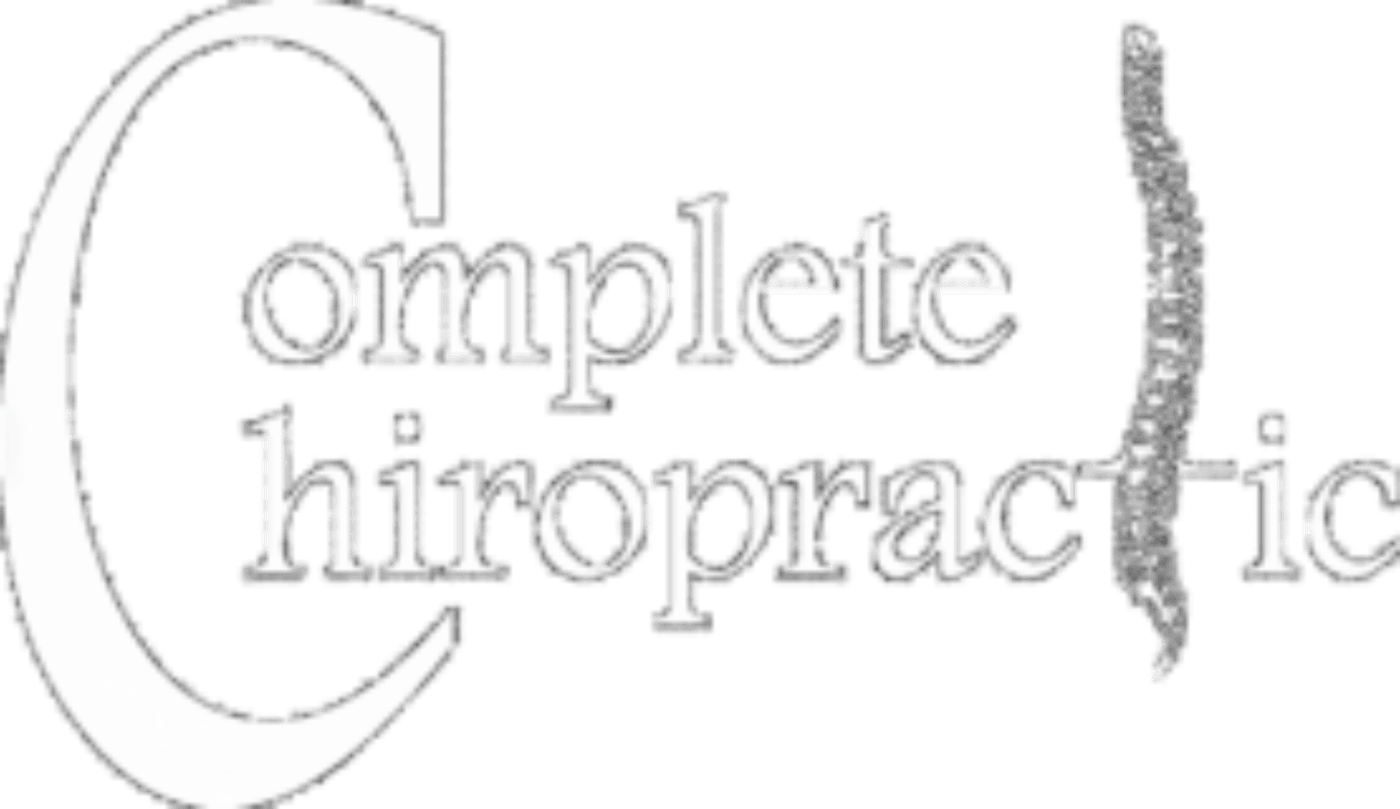A recent study showing chiropractic adjustments can lower blood pressure, and have a whole body effect. There is more and more research showing that chiropractic adjustments do not just effect the local area.
The primary results of this study shows following instrument-assisted manipulation to T1-T5 was a reduction in blood pressure (both systolic and diastolic BP) of approximately 7 percent compared to baseline measurements.
The biggest limitation to this study is it did not look at the length of time the blood pressure was reduced for. Hopefully there can be further study on this.
“Systolic and diastolic BP, pulse rate, and BP classification decreased significantly only in the active treatment group. No significant changes occurred in the placebo treatment and control groups. … By category, 46% of [active treatment] subjects improved in early hypertensive or prehypertensive classification – about 4 times more than placebo and 2.65 times better than the controls. Similarly, 51% of Stage I and 57% of Stage II hypertensive patients improved, also better than placebo and control subjects.”
- Roffers SD, et al. A somatovisceral reflex of lowered blood pressure and pulse rate after spinal manipulative therapy in the thoracic region. Asian J Multidiscipl Studies, June 2015;3(6).
Abstract OBJECTIVE: A randomized controlled trial (RCT) was designed to test effects of specific thoracic (T1 to T5) manipulations using an Activator instrument for changes in diastolic and systolic blood pressure, blood pressure classification, and pulse rates in 290 normotensive and hypertensive people in El Salvador. METHODS: Informed consent was obtained from 290 subjects meeting the inclusion criteria. They were randomly assigned to one of three groups: Control (i.e., no treatment, N=95); Placebo treatment (N=96); or Active treatment (N=99). Subjects’ blood pressure and pulse rates were measured after relaxing for 15 minutes, then before intervention, and again just after treatment. RESULTS: Systolic and diastolic BP, pulse rate, and BP classification decreased significantly only in the active treatment group. No significant changes occurred in the placebo treatment and control groups. Activator treatment’s effect size in changing hypertension classification as compared to no treatment was a medium d = 0.37, and 0.45 when compared to placebo. CONCLUSION: Specific thoracic spinal manipulations affected three measures: blood pressure, pulse rate, and changes in hypertension classification only in the active treatment group. Findings may represent in part a rebound effect from treatment anxiety, but this alone did not account for the observations. Activator instrument’s utility for sham settings was supported for future efficacy studies. The decrease was robust across several analyses, but the duration of the effect requires longer-term follow up.
